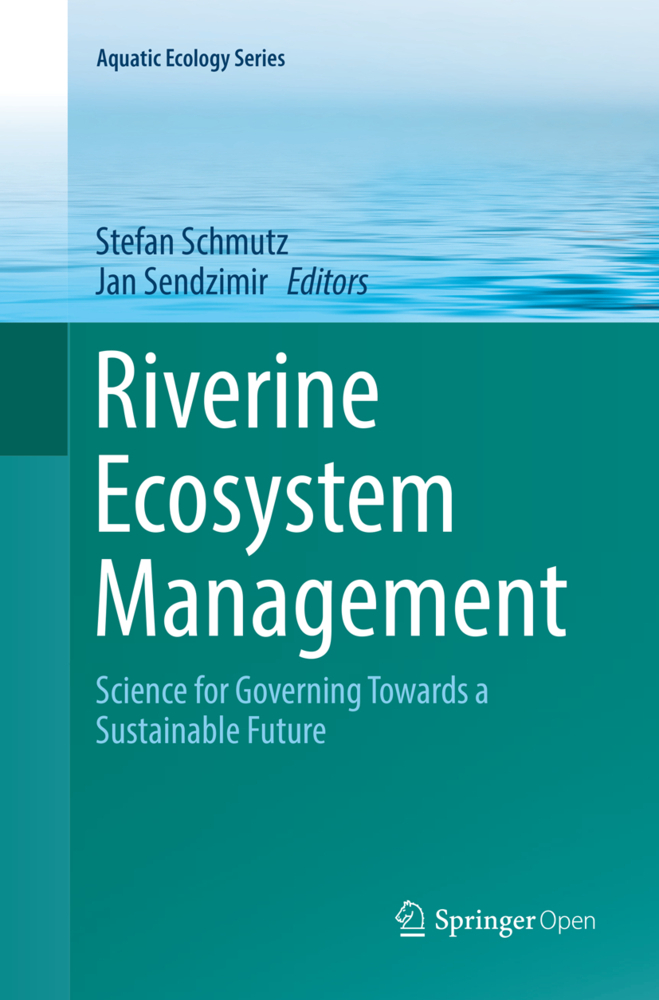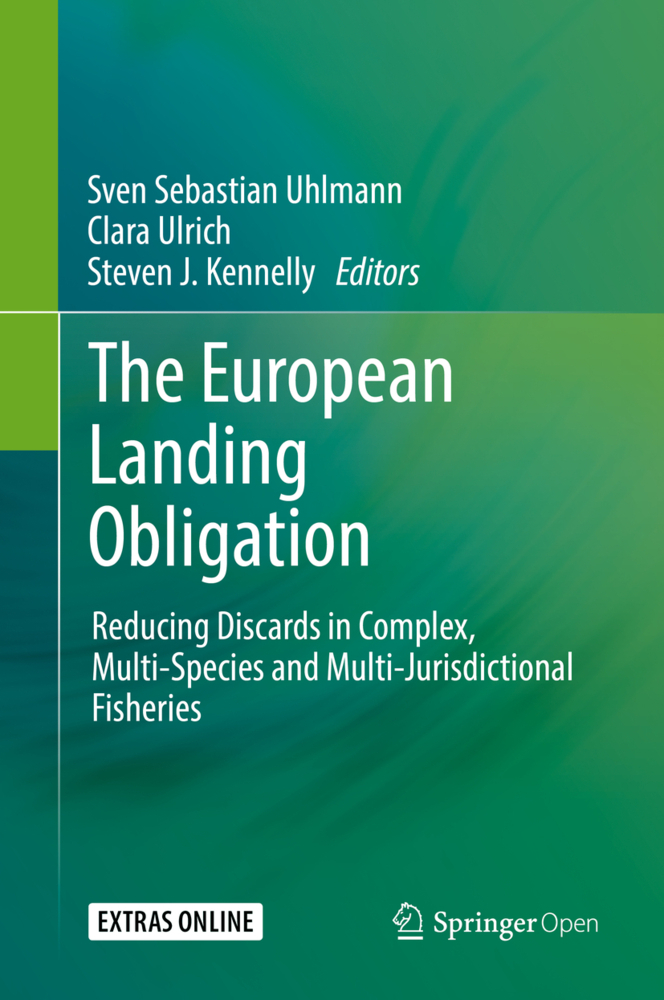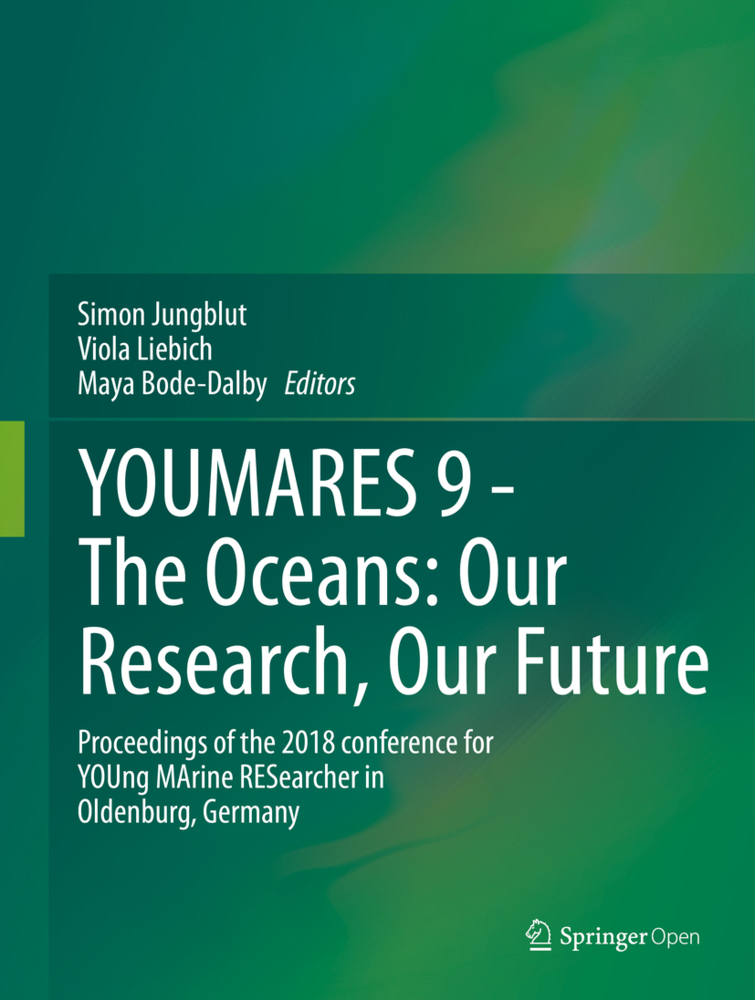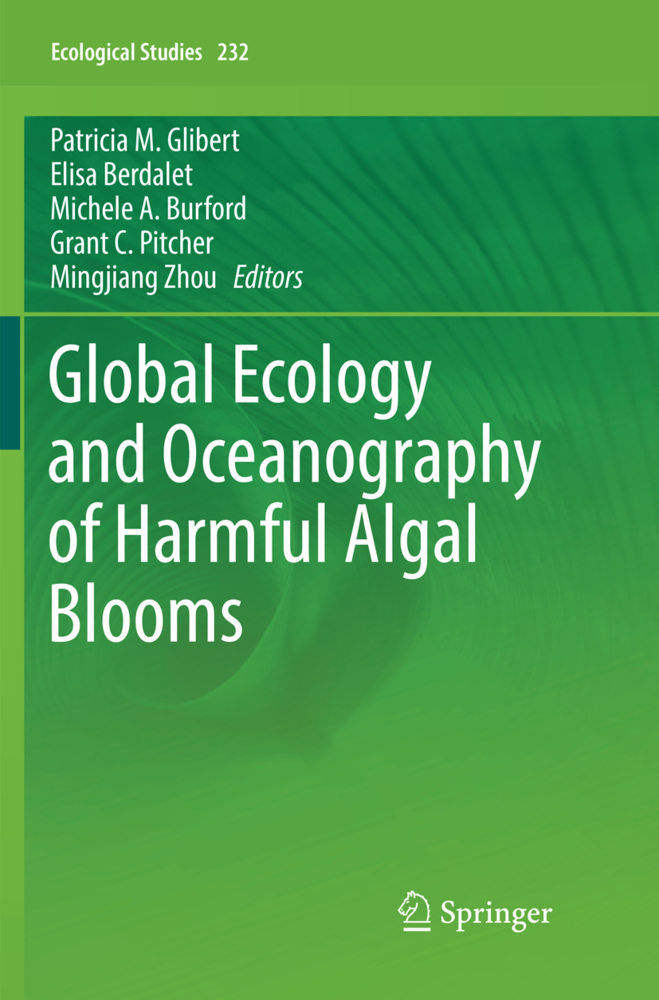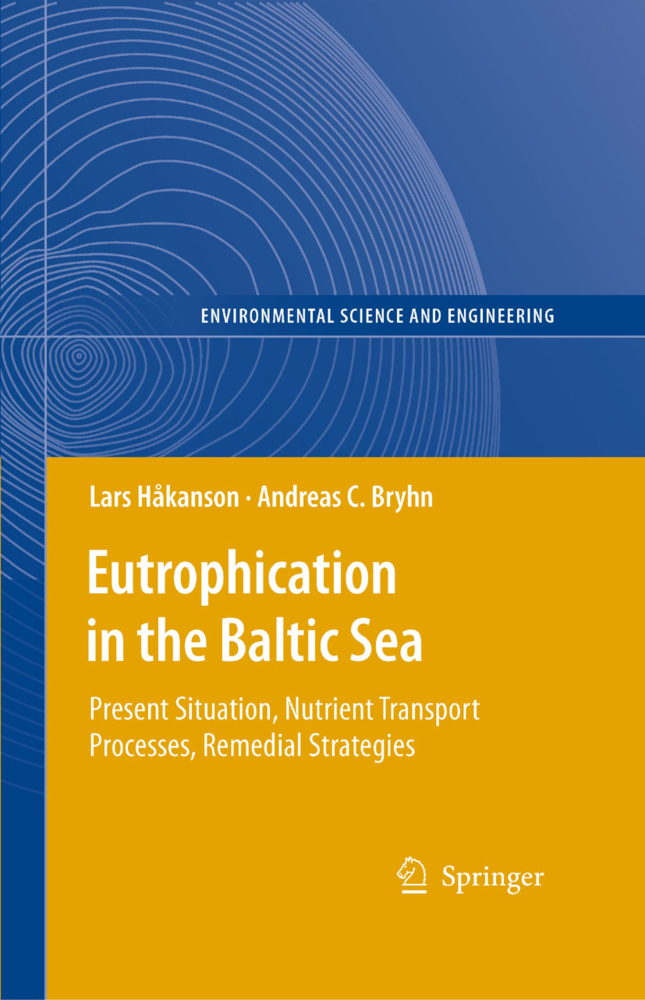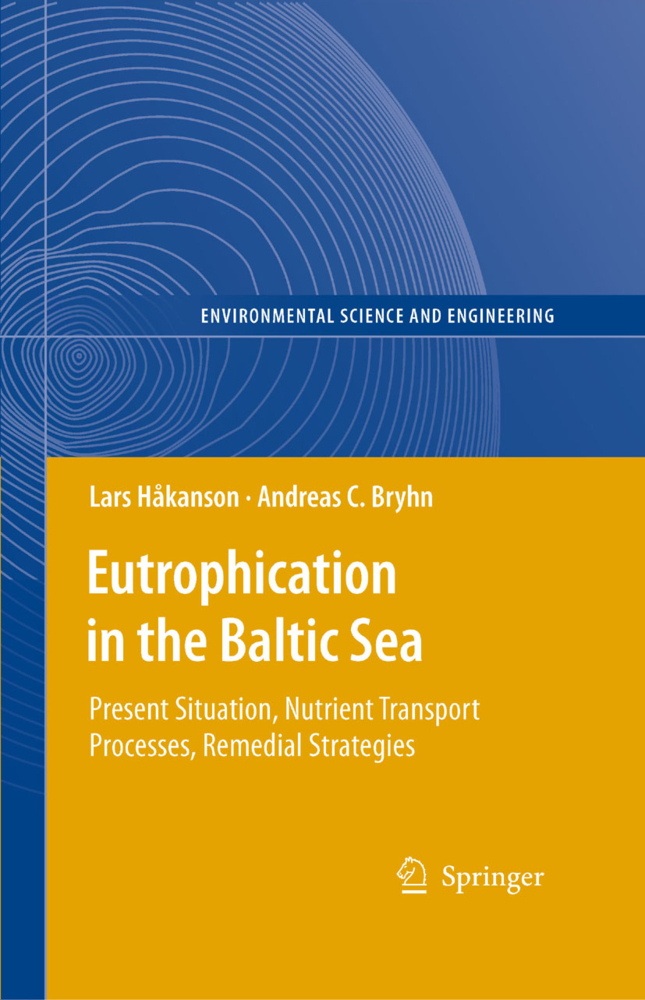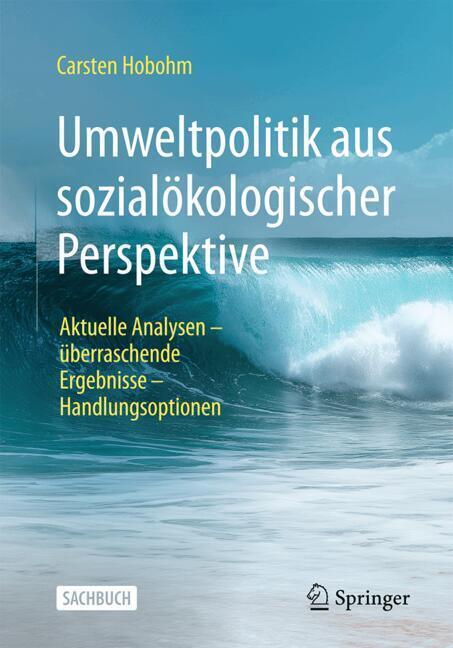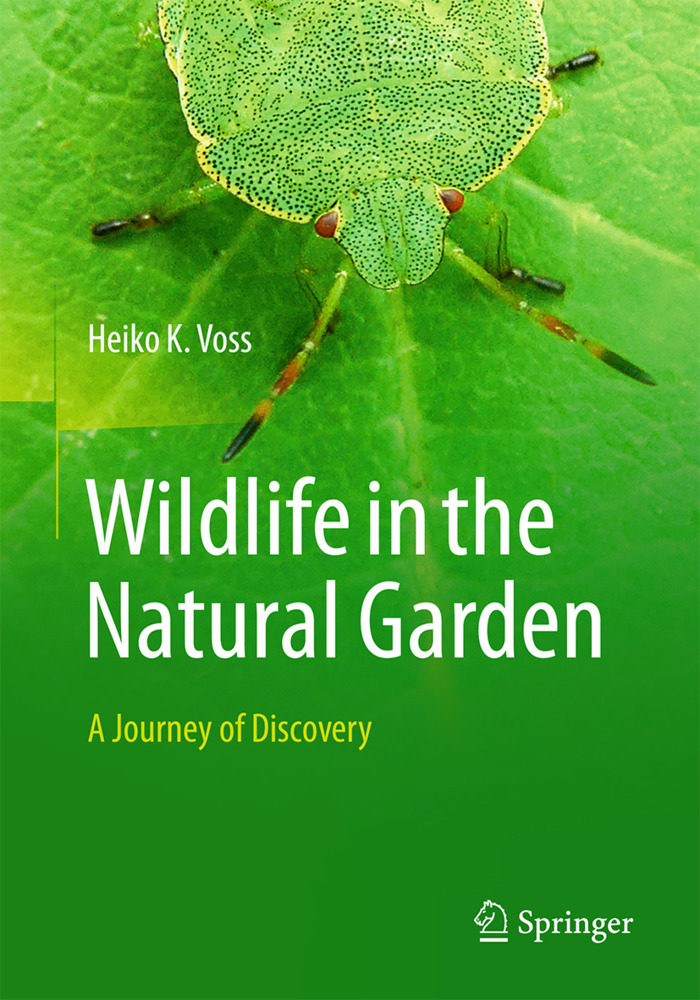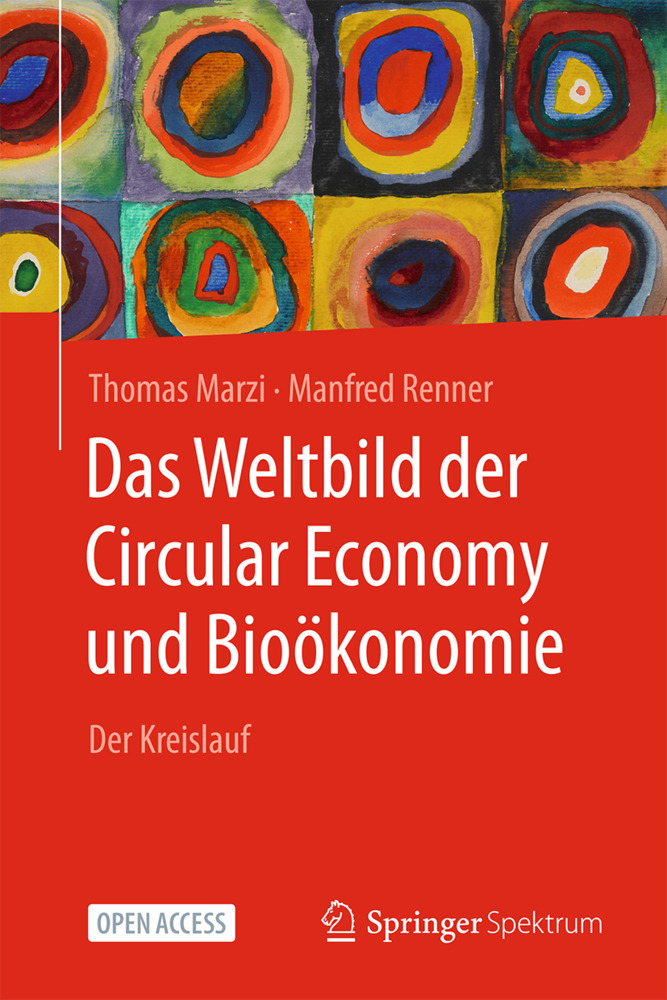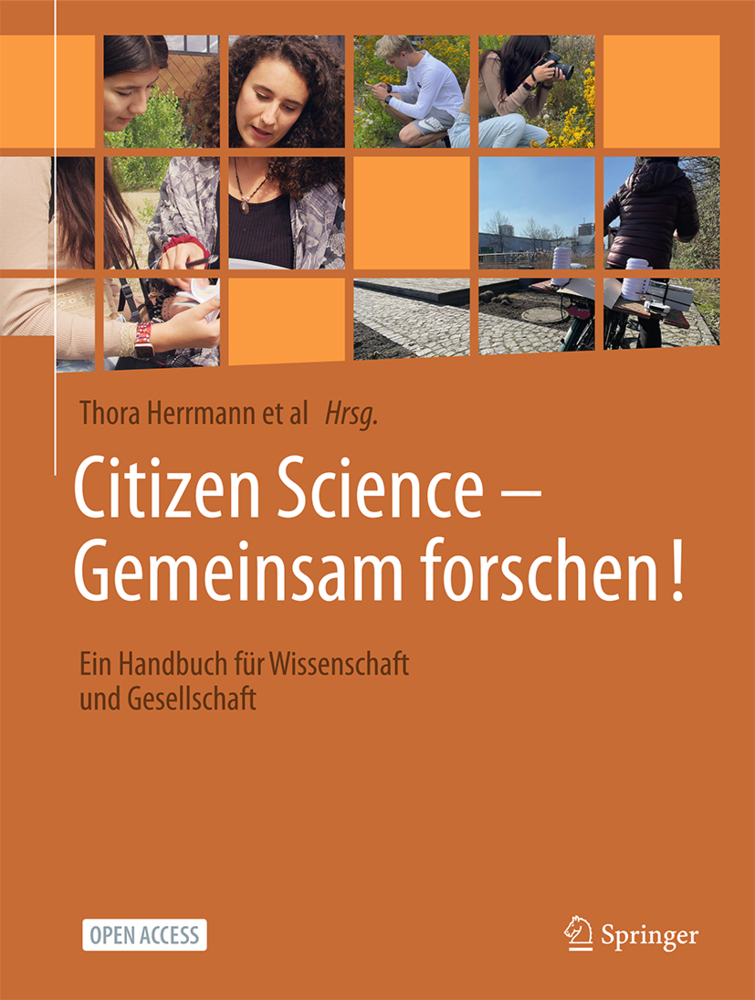Riverine Ecosystem Management
Riverine Ecosystem Management
This open access book surveys the frontier of scientific river research and provides examples to guide management towards a sustainable future of riverine ecosystems. Principal structures and functions of the biogeosphere of rivers are explained; key threats are identified, and effective solutions for restoration and mitigation are provided.
Rivers are among the most threatened ecosystems of the world. They increasingly suffer from pollution, water abstraction, river channelisation and damming. Fundamental knowledge of ecosystem structure and function is necessary to understand how human acitivities interfere with natural processes and which interventions are feasible to rectify this.
Modern water legislation strives for sustainable water resource management and protection of important habitats and species. However, decision makers would benefit from more profound understanding of ecosystem degradation processes and of innovative methodologies and tools for efficient mitigation and restoration. The book provides best-practice examples of sustainable river management from on-site studies, European-wide analyses and case studies from other parts of the world. This book will be of interest to researchers in the field of aquatic ecology, river system functioning, conservation and restoration, to postgraduate students, to institutions involved in water management, and to water related industries.Chapter 1. Challenges in Riverine Ecosystem Management
Part I Human Impacts, Mitigation and Restoration
Chapter 2. Historic Milestones of Human River Uses and Ecological Impacts
Chapter 3. River Morphology, Channelization, and Habitat Restoration
Chapter 4. River Hydrology, Flow Alteration, and Environmental Flow
Chapter 5. Hydropeaking Impacts and Mitigation
Chapter 6. Dams: Ecological Impacts and Management
Chapter 7. Aquatic Habitat Modeling in Running Waters
Chapter 8. The Role of Sediment and Sediment Dynamics in the Aquatic Environment
Chapter 9. River Connectivity, Habitat Fragmentation and Related Restoration Meas
Chapter 10. Phosphorus and Nitrogen Dynamics in Riverine Systems: Human Impacts and Management Options
Chapter 11. Climate Change Impacts in Riverine Ecosystems
Chapter 12. Ecotoxicology
Chapter 13. Land Use
Chapter 14. Recreational Fisheries - The Need for Sustainability in Fisheries Management ofAlpine Rivers.- Part II Management, Methodologies, Governance
Chapter 15. Restoration in Integrated River Basin Management
Chapter 16.Adaptive Management of Riverine Socio-ecological Systems
Chapter 17. Legislative Framework for River Ecosystem Management on International and European Level
Chapter 18. Ensuring Long-Term Cooperation Over Transboundary Water Resources Through Joint River Basin Management
Chapter 19. Biomonitoring and Bioassessment
Chapter 20. Biodiversity and Freshwater Information Systems
Chapter 21. Ecosystem Services in River Landscapes
Chapter 22. Public Participation and Environmental Education
Chapter 23. NGOs in Freshwater Resource Management
Part III Case Studies
Chapter 24. Danube Under Pressure: Hydropower Rules the Fish
Chapter 25. Danube Floodplain Lobau
Chapter 26. Danube Sturgeons: Past and Future
Chapter 27. Healthy Fisheries Sustain Society and Ecology in Burkina Faso
Chapter 28. The Tisza River: Managing a Lowland River in the Carpathian Basin
Part IV Summary
Chapter 29. Landmarks, Advances and Future Challenges in Riverine Ecosystem Management.
| ISBN | 978-3-030-10340-8 |
|---|---|
| Artikelnummer | 9783030103408 |
| Medientyp | Buch |
| Auflage | Softcover reprint of the original 1st ed. 2018 |
| Copyrightjahr | 2019 |
| Verlag | Springer, Berlin |
| Umfang | VII, 571 Seiten |
| Abbildungen | VII, 571 p. 123 illus., 82 illus. in color. |
| Sprache | Englisch |

